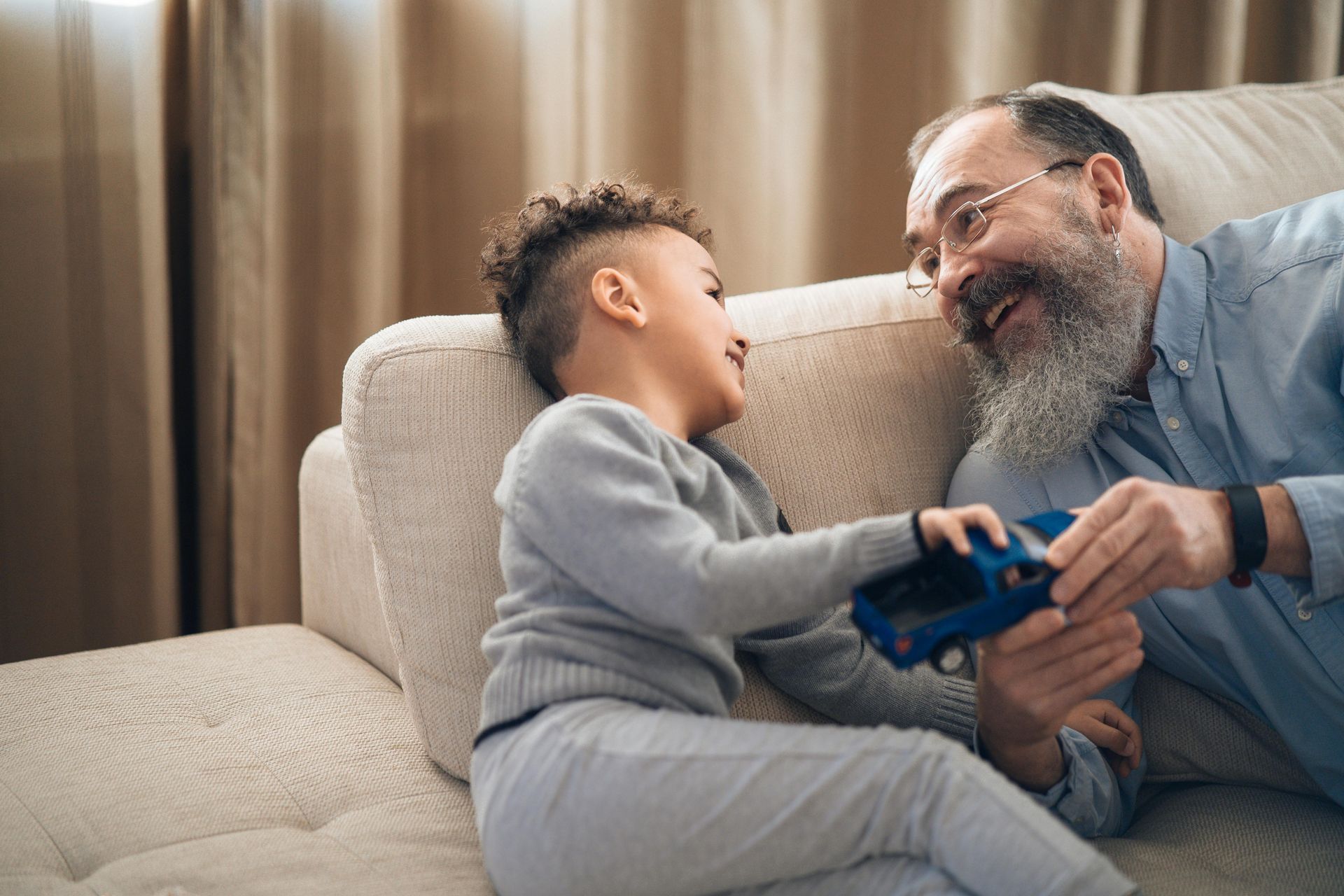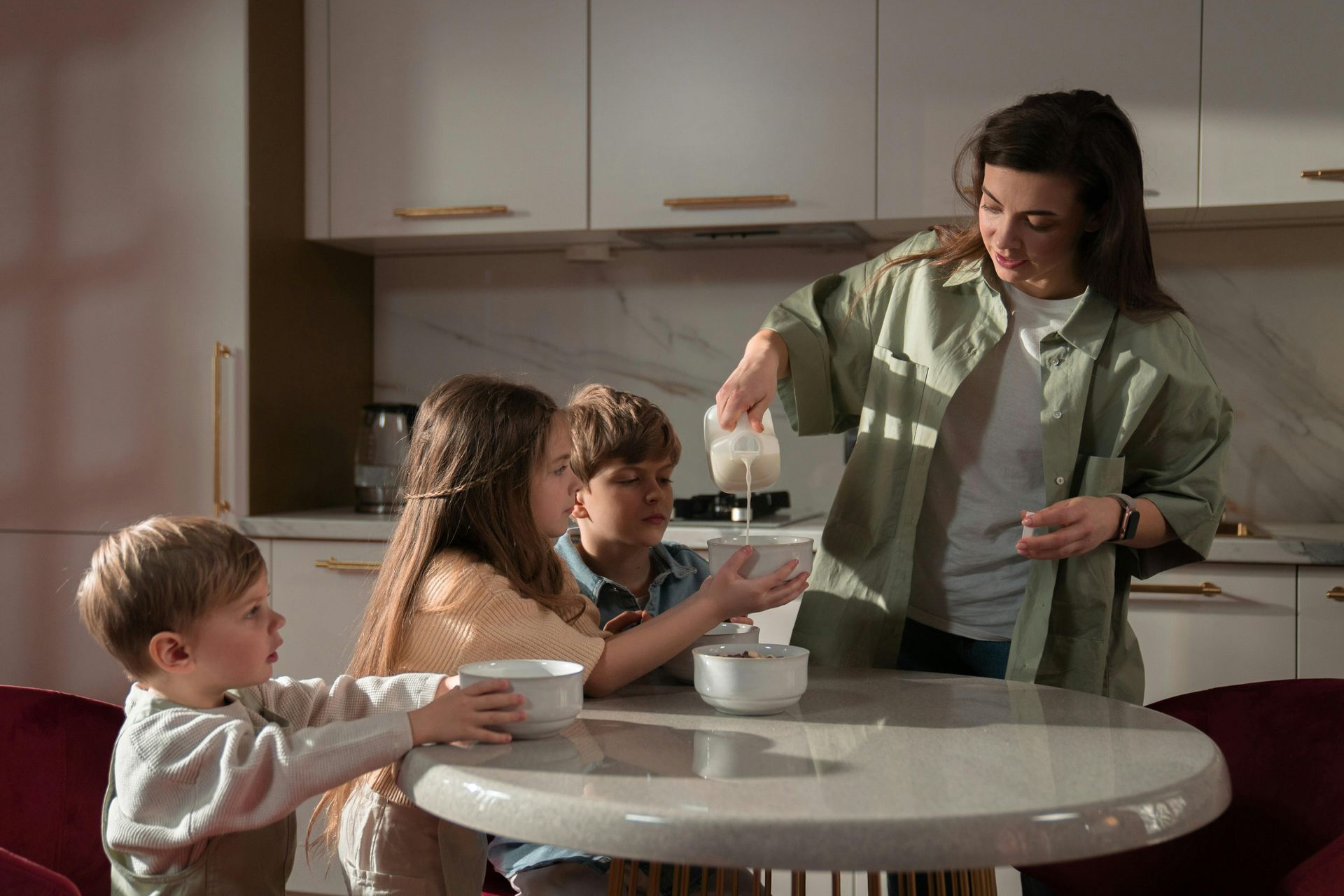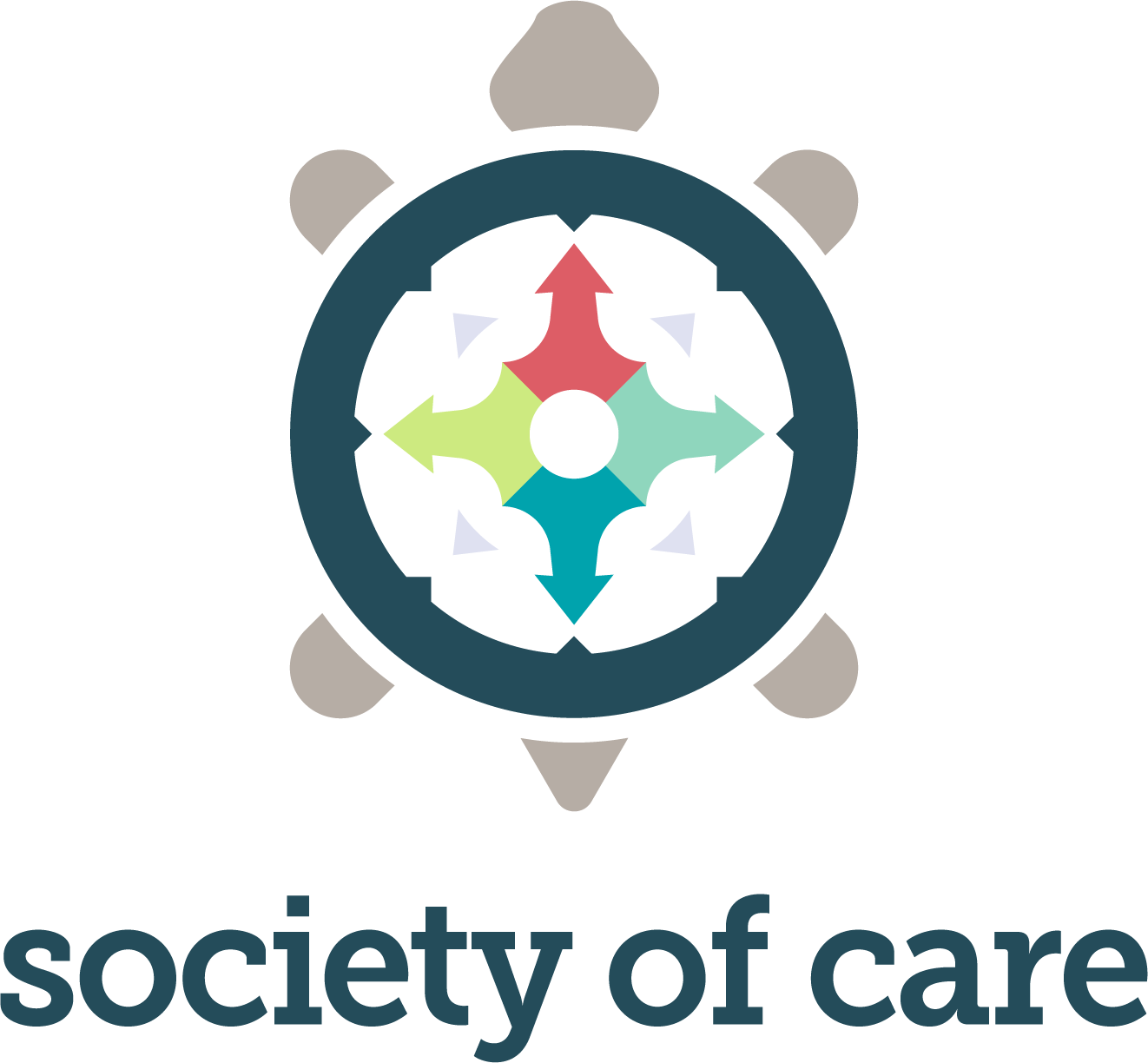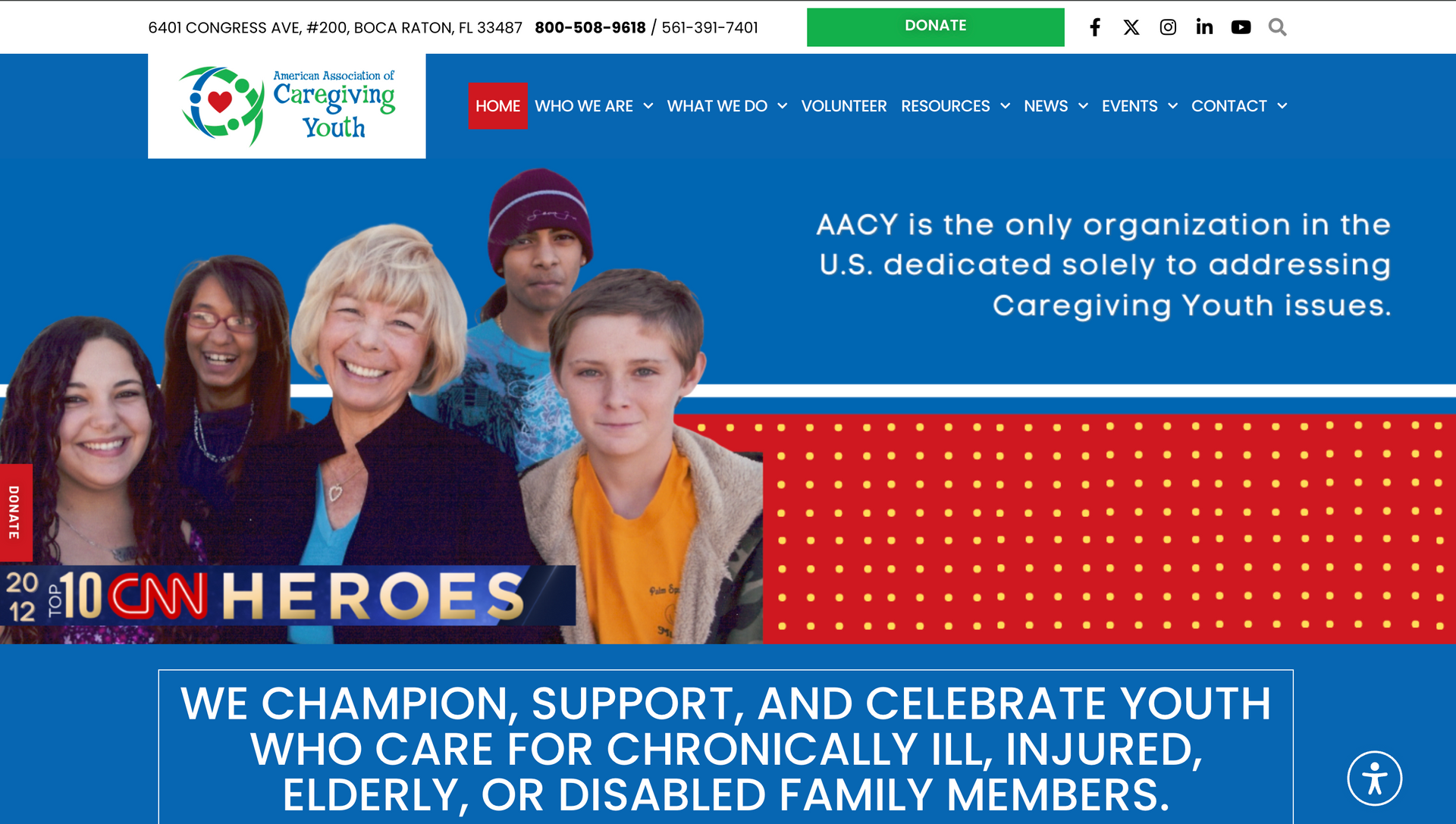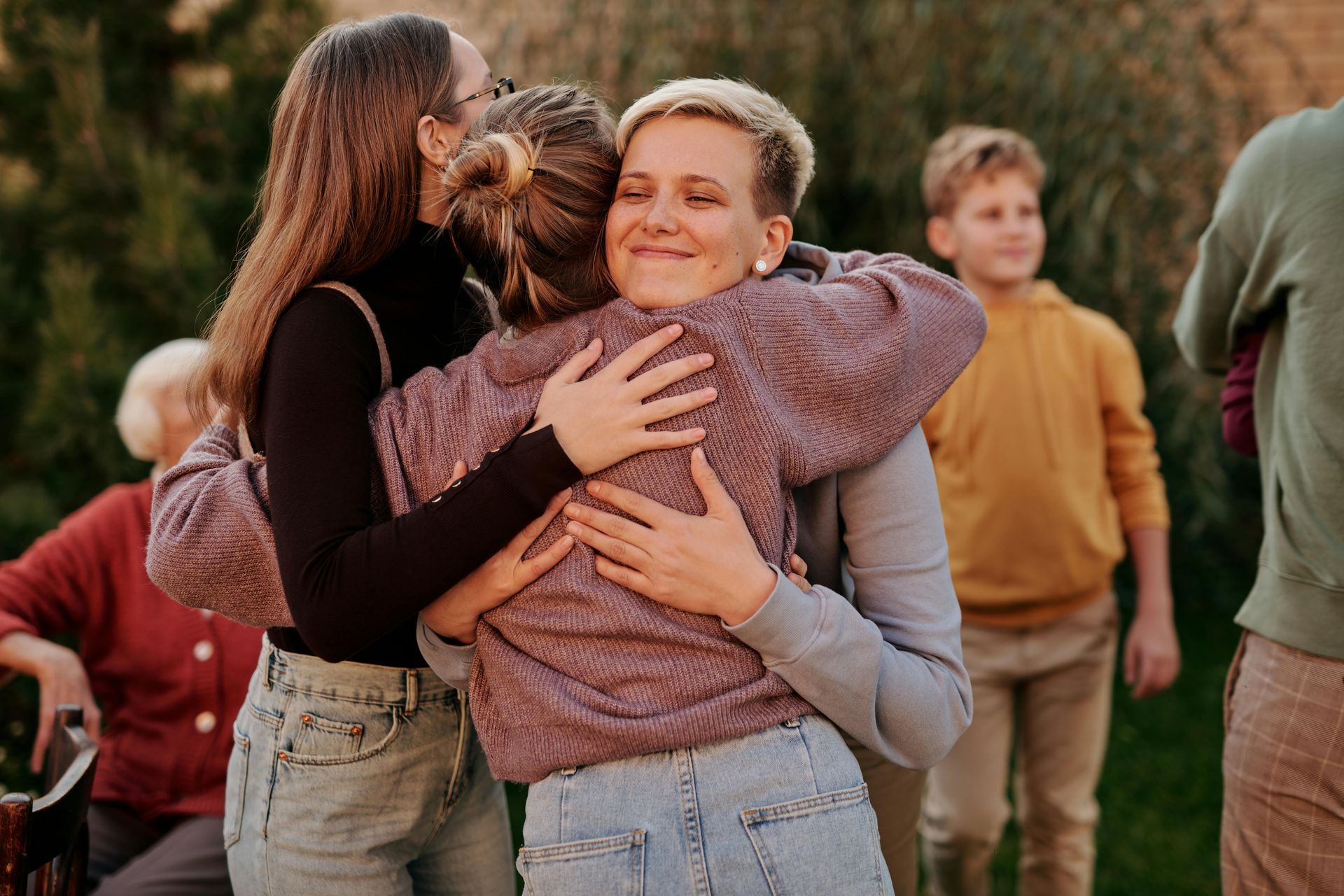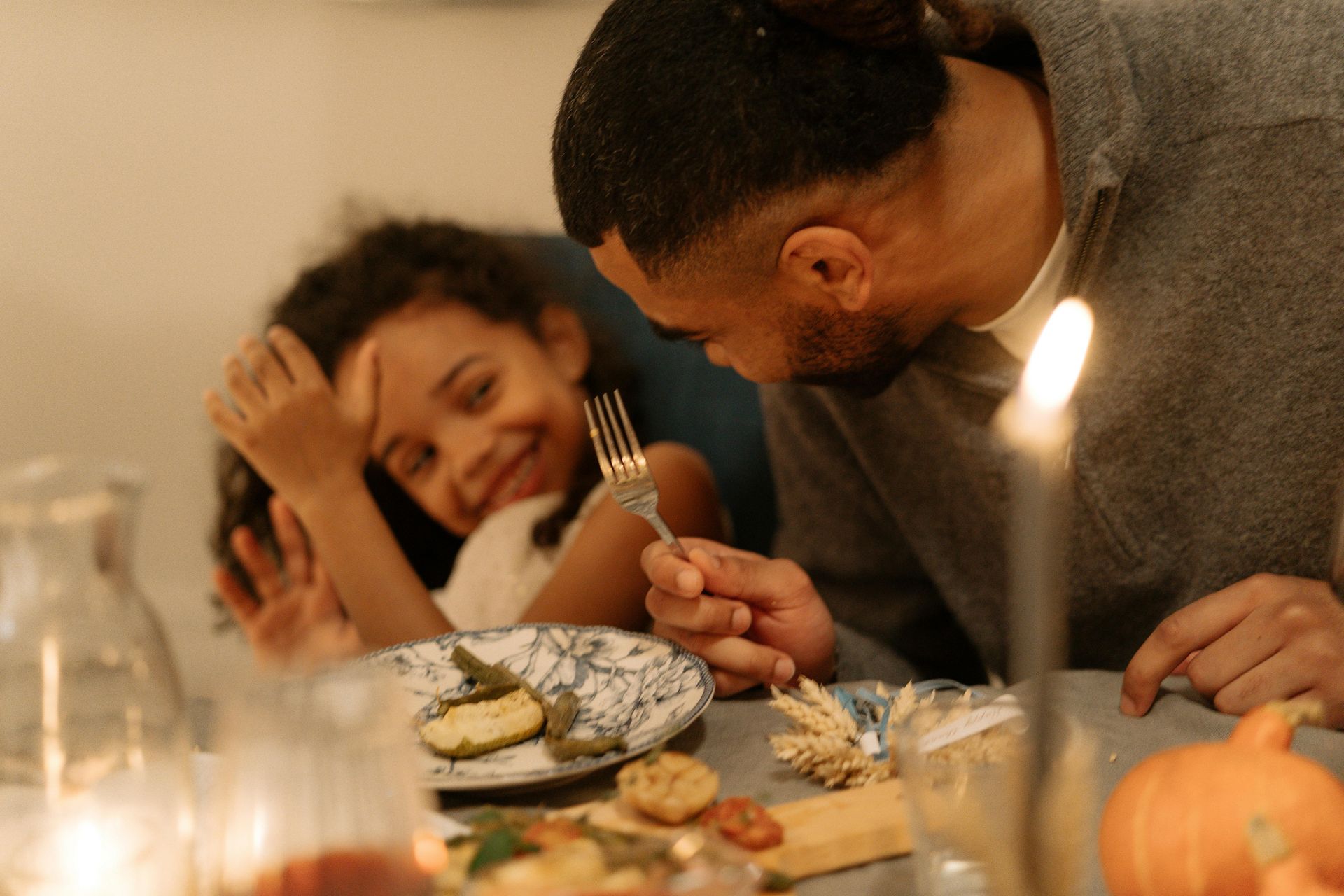Bridging Generations: Encouraging Youth to Get Involved in Caregiving This Summer
Summer break can be a time of rest, fun, and freedom for young people, but it can also be an opportunity to connect across generations and help support caregiving in meaningful ways.
At Society of Care, we know that caregiving is often thought of as an adult role. But when we involve young people, whether they’re teens, preteens, or even younger children; we plant seeds of empathy, responsibility, and connection that can last a lifetime.
This summer, consider how youth in your family or community can participate in caregiving in age-appropriate, empowering ways.
Why Involving Youth Matters
Children and teens are observant. Many already witness caregiving firsthand, whether it's a parent supporting a sibling with special needs, a grandparent with mobility challenges, or a neighbor who could use a hand.
Involving youth in caregiving:
- Builds empathy and emotional intelligence
- Helps young people feel needed, valued, and included
- Encourages intergenerational bonds
- Teaches life skills like patience, communication, and adaptability
- Reduces stigma around disability, illness, and aging
And just as importantly, it helps adults feel supported and seen.
Ways Youth Can Help This Summer (By Age Group)
Ages 5–9: The Helpers
- Drawing cheerful pictures for loved ones
- Reading books aloud to siblings or grandparents
- Helping prepare snacks
- Setting up a calm space for a sensory break
- Learning to speak kindly and patiently with family members who need extra support
Ages 10–14: The Budding Allies
- Assisting with simple errands or organizing supplies
- Learning how to communicate with non-verbal or neurodivergent family members
- Helping younger children follow routines
- Sitting with an older family member during quiet moments
- Writing a gratitude note to the main caregiver in the home
Ages 15+: The Mentors
- Taking a lead role in daily tasks (meal prep, routines, transport)
- Attending therapy sessions or medical appointments to observe
- Using tech skills to organize appointments or reminders
- Offering peer support to younger siblings in the home
- Advocating with or for family members in school or community spaces
How to Make It Positive (Not a Burden)
The goal isn’t to shift responsibility onto young people, it’s to invite them into the caregiving culture of your home or community in ways that build connection and self-worth.
Tips for success:
- Model care with love: Show that caregiving isn’t just duty, it’s relationship-building.
- Celebrate their contributions: Acknowledge when youth step up, no matter how small the action.
- Check in regularly: Ask how they’re feeling about their role. Listen deeply.
- Balance it out: Encourage plenty of play, rest, and self-care for the youth themselves.
Creating a Culture of Care Starts at Home
When young people are welcomed into the rhythms of caregiving, it becomes part of who they are; not just something they do. It strengthens families, builds resilient communities, and reminds us that care is not bound by age.
This summer, let’s look for small ways to bridge the generations, nurture empathy, and raise up the next generation of caregivers.
Because caregiving is a family value, and every helping hand counts.
Looking for more simple, supportive tools for the loved ones in your care? Enjoy these additional resources and explore our blog for ideas that help you nurture connection, one moment at a time. Or, Join our mailing list where we share more resources that accompany our blog posts.
Join Our Mailing List

